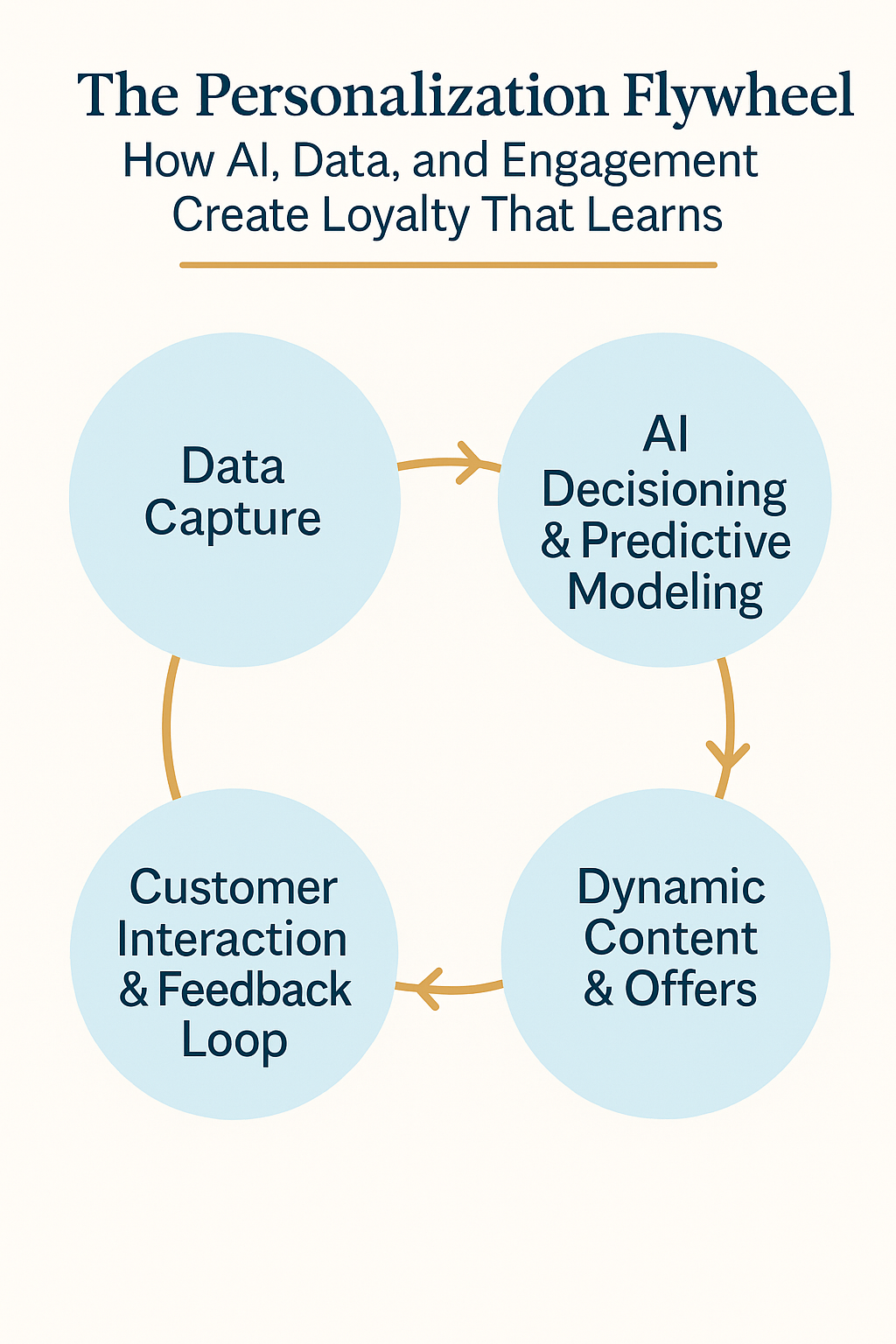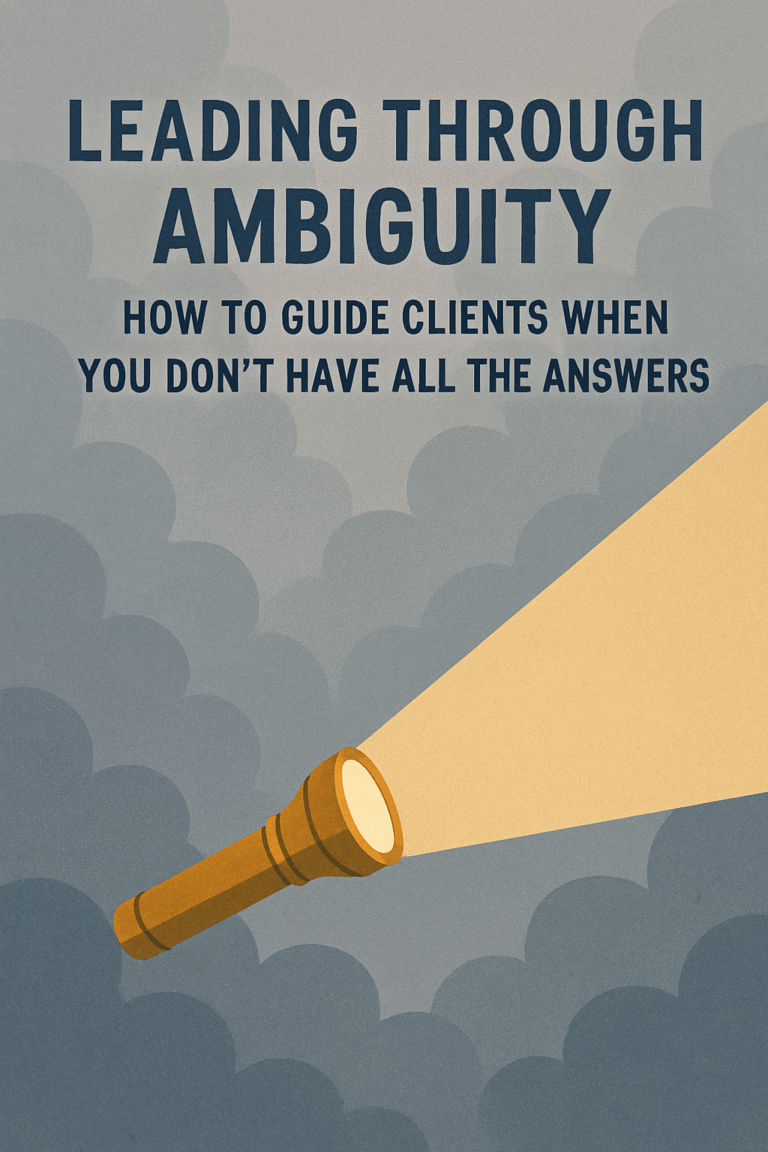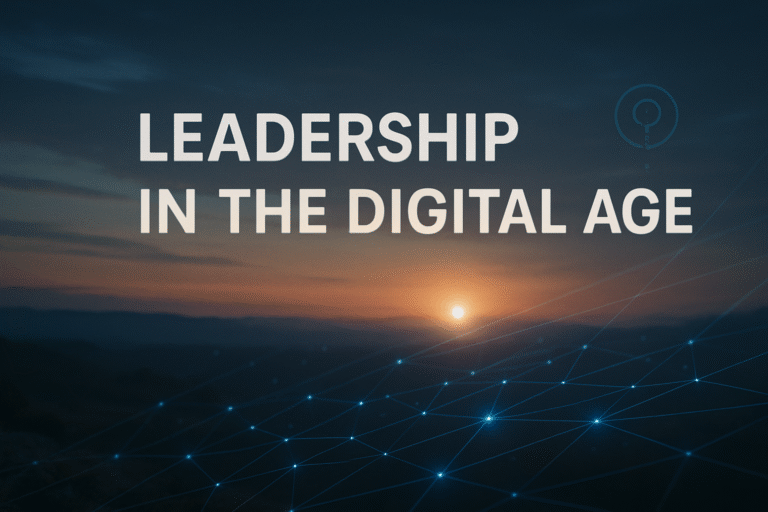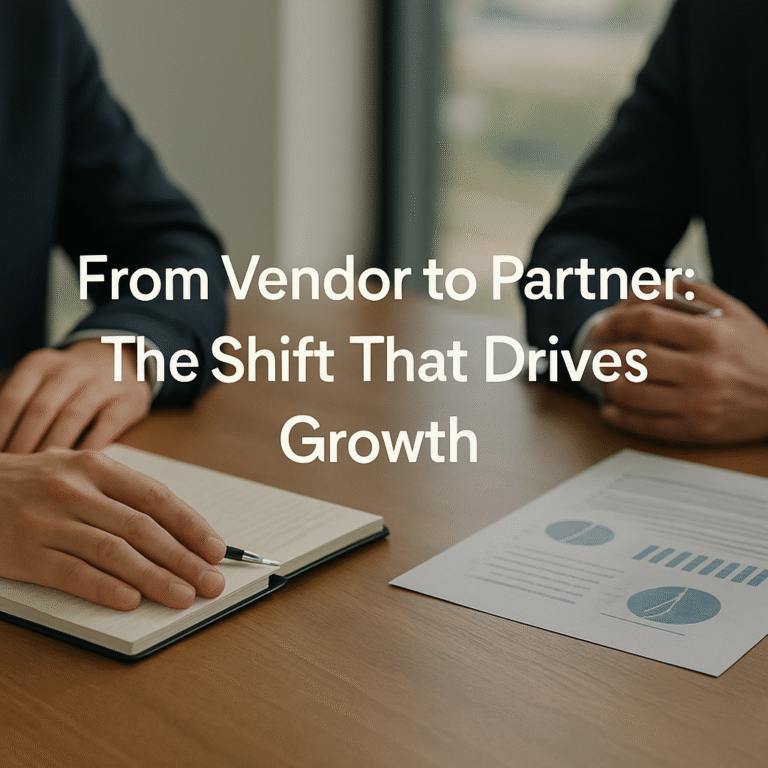Delivering on what a client asked for, on time, on budget, and with high quality, is the fundamental expectation in any service relationship. But in today’s competitive landscape, where every agency, consultancy, or solutions provider claims to deliver excellence, simply checking the boxes isn’t enough. It’s what happens after the delivery, or rather because of it, that defines long-term partnership success.
In nearly 25 years of client-facing experience, I’ve learned that the work isn’t just about fulfillment. It’s about positioning: positioning your team, your company, and your capabilities in a way that reveals new value to the client and opens doors for future growth. The most strategic work I’ve done has often started not with a big pitch deck or planned upsell, but with a flawless execution of something simple.
Let’s break down how this works in practice.
1. Delivery Builds the Foundation of Trust
Meeting your commitments creates reliability. But exceeding expectations, doing so with clarity, care, and a sense of ownership, builds something deeper: trust. And trust is what changes your role from a vendor to a problem solver to a strategic advisor.
When a client knows you’ll deliver without needing to micromanage, it frees them up mentally and emotionally to invite you into bigger conversations. You become more than a transaction, you become a sounding board.
Real example:
One financial services client initially engaged us for a tactical loyalty platform. By delivering quality over time and demonstrating curiosity about the customer journey, we earned access to cross-functional sessions, eventually co-developing their member engagement roadmap, launching AI-powered personalization pilots, and guiding VOC-driven improvements to their redemption platform. It didn’t start with a bold pitch. It started with trust built through consistent delivery.
2. Great Work Sparks Curiosity
Once you’ve established a reputation for delivering with excellence, a subtle but powerful shift happens: clients begin to ask, “What else do you do?”
This moment is golden, but it’s earned, not given. Clients ask that question not because they saw your capabilities slide, but because your execution planted the idea that your team might be able to help with more.
This curiosity creates a natural opening to talk about:
- Adjacent services they didn’t realize you offered
- Innovation pilots that could solve long-standing friction points
- New ways of solving old problems using your platform, product, or data
Tip: Don’t wait to be asked. Use every project touchpoint to embed thoughtful observations that show awareness of their bigger business, and how your team’s strengths align.
3. Translate Delivery into Business Outcomes
Too many teams stop at “We delivered.” But the most effective client leaders take it a step further: they translate delivery into value.
This means:
- Quantifying the business impact (“These improvements cut fraud-related redemptions by 18%”)
- Mapping delivery to strategic goals (“Launching by Q2 aligned with your back-to-school promo window”)
- Connecting workstreams to brand purpose (“These changes elevated the member experience in line with your cx north star”)
When clients see you tying your work to their KPIs, you become more than a delivery team and you become part of their success engine.
4. Surface the “What Ifs” Through Execution
One of the most underrated growth strategies is solution-led expansion. Not selling, but solving.
Every delivery offers signals: inefficiencies, unmet needs, outdated tools, gaps between teams. When you train your team to listen for these signals, delivery becomes a form of discovery.
Consider these nudges:
- “We noticed your team manually manages this process. Have you explored automating it?”
- “Your customers are engaging with this redemption offer far more than others. What if we built more dynamic targeting around that?”
- “There’s a lot of drop-offs in this part of the journey. Would it be helpful to analyze the exit reasons?”
Each question comes from a place of service, and it often uncovers new opportunities for both sides.
5. Your Best Sales Pitch is a Job Well Done
In complex B2B environments, nothing replaces proof. And when your delivery becomes your proof point, it builds quiet momentum for future conversations:
- Internal stakeholders begin to advocate for you
- New departments take notice
- Procurement barriers soften, because your value is already felt
The magic? You didn’t have to push for a bigger scope. Your work invited it.
6. Be Ready When the Door Opens
When the moment arrives, when the client asks what else you do, when they face a new challenge, or when they include you in a strategic planning session, be ready.
Have stories, insights, or case studies that connect the dots between what you delivered and where you can go next together.
This isn’t about chasing upsell. It’s about expanding impact. And when the client already trusts you, the leap from “doing” to “leading” becomes natural.
Final Thought: Start with Excellence, End with Opportunity
There’s a reason I never consider the project handoff the “end” of anything. It’s the beginning.
Each delivery is a proof point, a handshake, that signals your team’s values, your company’s competence, and your capacity to contribute more.
By showing up with consistency, empathy, and a strategic mindset, you unlock possibilities that no SOW could ever predict.
Because when you stop delivering to a contract and start delivering beyond it, that’s when you start leading real change.






